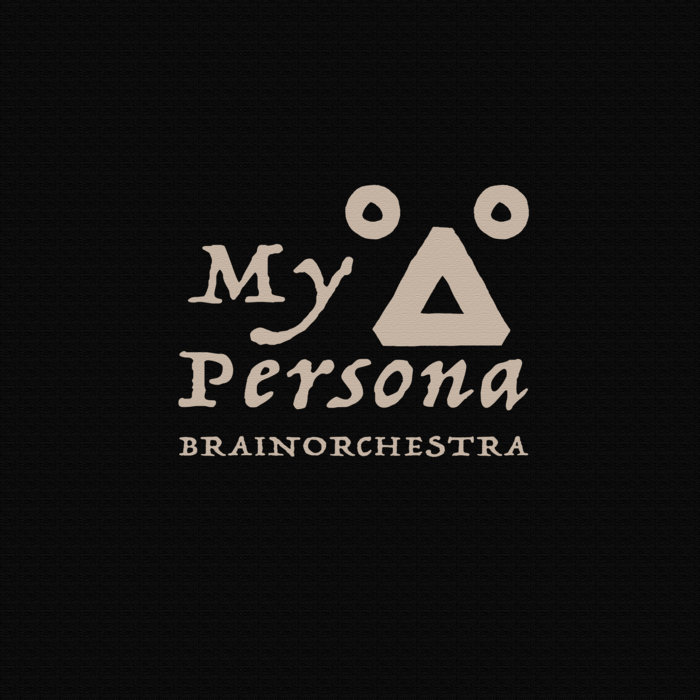
About That Time – brainorchestra.
this blog is GROOVY – check out great Soul, Funk, Jazz, Hip Hop, Bass, Breaks , Reggae, House n many more TUNES
Welcome, groovy cats and cool kittens! Today, we’re diving into the vibrant world of Elizabethan music, a sound that rocked the courts and taverns during the reign of Queen Elizabeth I (1558-1603). So grab your lutes and spin your petticoats as we groove through this delightful journey!
The late 16th century was a musical playground. Imagine England thriving with an explosion of creativity, where musicians became rock stars in their own right! With the rise of national pride and a wee bit o’ exploration—hello, New World—the arts flourished.
Genre Breakdown:
Picture this: John Dowland strumming his lute in candlelit halls while everyone swoons over his melancholic tunes. He’s famous for his song “Flow My Tears”—the original breakup anthem!
Funny Fact: Dowland had quite the reputation; rumor has it he inspired more tears than any modern-day sad boy band!
Tallis was less about heartbreak and more about heavenly harmonies. His compositions blended simplicity with complexity like peanut butter meets jelly on toasted bread.
Did you know? Tallis could compose sacred music so divine that even angels would have to take notes from him—no seriously; it took them quite some time to find their scales again after hearing him play!
Ahoy there! Here comes Byrd—one cheeky composer who wasn’t afraid to ruffle feathers with his Catholic faith amid Protestant rule. He produced everything from masses to keyboard suites.
Giggle Alert: Legend has it that Byrd once mixed up choir rehearsal times with pub opening hours—and well… let’s just say he composed many happy tunes afterward when he finally showed up at church slightly tipsy!
Music wasn’t just for listening; oh no—it got people movin’ too! Dance forms like the Galliard (a lively dance) were all the rage. Courts would throw grand balls where nobles strutted their stuff trying not to trip over their farthingales or long coats.
Imagine future generations laughing at how folks thought they could really shimmy in those heavy clothes without falling flat on their face—they didn’t call it “courtly” for nothing!
Thanks to innovations like printing presses popping up around Europe, composers saw their work spread faster than gossip at court. Printed music meant musicians could share tunes across towns quicker than you can say “huzzah!”
But here’s a quirky twist: While kids today download songs online instantly, back then they’d have rushes at shops fighting over printed sheets—a paper version of Black Friday every day!
With theaters becoming popular thanks to folks like Shakespeare painting vivid stories on stage—the role of music blossomed beautifully within plays. Imagine actors busting out catchy tunes fit for iTunes playlists right before dropping dramatic lines.
Many actors doubled as musicians leading them down paths filled with costumes getting tangled mid-performance because hey—in true theatrical spirit—things must go wrong sometimes!
So there you have it—the sensational ride through Elizabethan music—from tearful farewells sung by lonesome minstrels under moonlight to scandalous dance-offs amongst royals clad in extravagant attire that would put today’s fashion week collections seriously behind schedule.
As we wrap things up here amidst lute strums echoing through time let’s remember:
Now you’re ready for dancing shoes or perhaps even joining your local reenactment group—but whatever path beckons may you keep grooving along while celebrating melodic magic born centuries ago during Queen Elizabeth’s reign.
Peace & Love ✌️🎵

About That Time – brainorchestra.